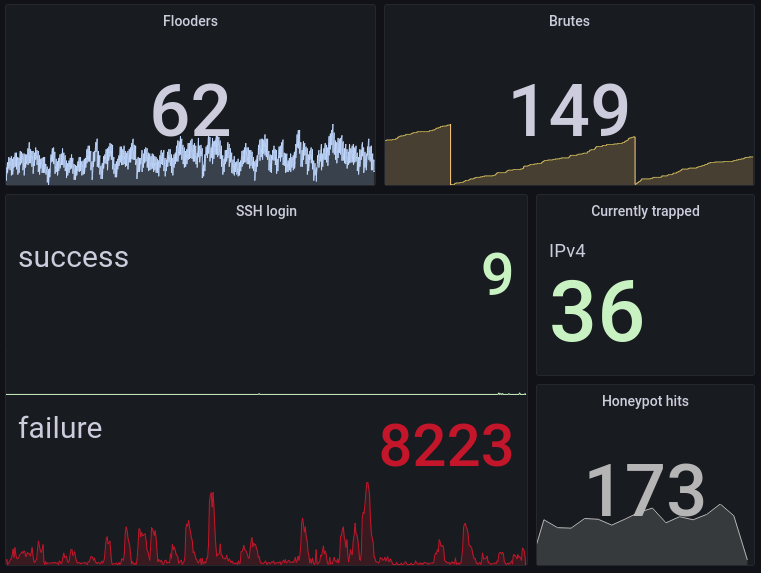

OpenBSD is the most pleasing expérience I’ve had with an OS. It’s fully contained and has all the tools you need without needing to install anything (eg a DNS, HTTP, SMTP servers, a proxy, a good firewall). All config files look alike and use the same keywords for the same things, making it straightforward to configure everything.
And regarding RAID 1, I’ve never done it myself, but it totally works out of the box (as well as full disk encryption).


Keeping the source IP intact means you’ll have troubles routing back the traffic through host B.
Basically host A won’t be able to access the internet without going through B, which could not be what you want.
Here’s how it works:
On host A:
On host B:
This should do what you need. However, if I may comment it out, I’d say you should give up on carrying the source IP address down to host A. This setup I described is clunky and can fail in many ways. Also I can see no benefits of doing that besides having “pretty logs” on host A. If you really need good logs, I’d suggest setting up a good reverse proxy on host B and forwarding it’s logs to a collector on host A.